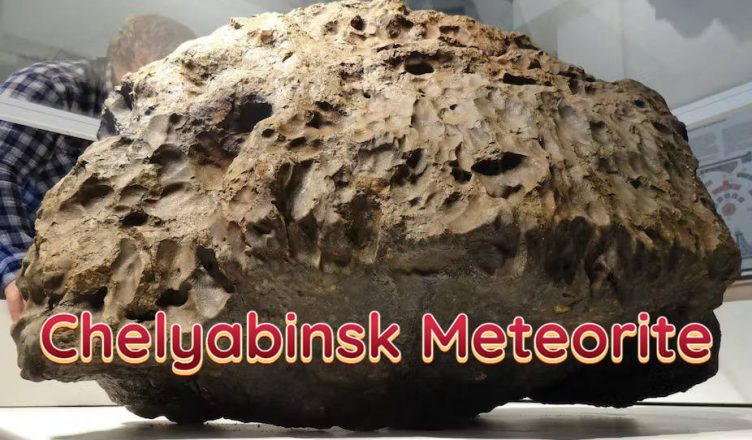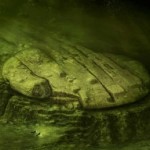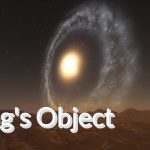In 2013, the arrival of the Chelyabinsk meteorite garnered widespread attention from the global media and scientific community. This meteorite exploded in the skies over the Russian city of Chelyabinsk, unleashing powerful shockwaves that resulted in extensive damage and thousands of injuries. However, the ancient history of this meteorite remained shrouded in mystery until recently.
Scientists from the University of Cambridge, leading this research, combined dating techniques and microscopic analysis of the Chelyabinsk meteorite to unravel its history with greater accuracy. Their research findings have been published in “Communications Earth & Environment,” providing crucial new clues to unlock the enigma of Earth’s formation.
The study of the Chelyabinsk meteorite has not only piqued the interest of scientists but has also sparked inquiries into the formation processes of Earth and the solar system. This meteorite is believed to be a part of early solar system impact events, potentially playing a significant role in the formation of both Earth and the Moon. Through the examination of the meteorite’s minerals and its ancient impact history, scientists can delve deeper into understanding the evolution of the solar system and the processes that led to the creation of Earth.
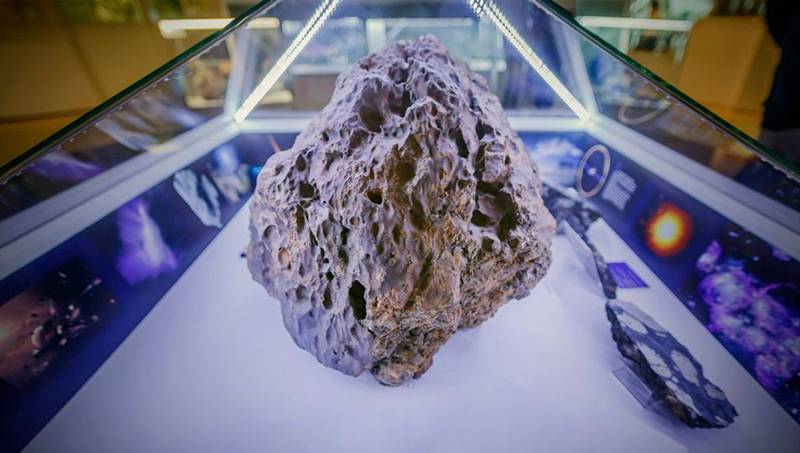
Unraveling the Mystery of Earth’s Formation: Cambridge University Research Reveals Ancient Impact History of Chelyabinsk Meteorite
A research team led by Cambridge University has combined dating and microscopic analysis of the Chelyabinsk meteorite to provide a more precise analysis of ancient impact events. This meteorite, which made headlines when it fell to Earth in 2013, has been the focus of their investigation.
Their research findings were published in “Communications Earth & Environment,” where they examined how minerals within the meteorite were damaged by impacts at different times. This analysis allowed them to determine the largest and oldest events potentially involved in planetary formation.
Craig Walton, leading this research, remarked, “The ages of meteorite impacts are often disputed. Our work suggests that we need to use multiple lines of evidence to better determine the history of impacts, much like investigating a crime scene. I am a student in the Department of Earth Sciences at Cambridge University.”
In the early history of our solar system, including Earth, planets formed through extensive collisions between asteroids and larger celestial bodies, known as protoplanets.
Co-author Dr. Oli Shorttle said, “The evidence of these impacts is so ancient that it has vanished on planets, especially Earth’s ‘short-term memory’ due to the constant recycling of surface rocks by plate tectonics.”
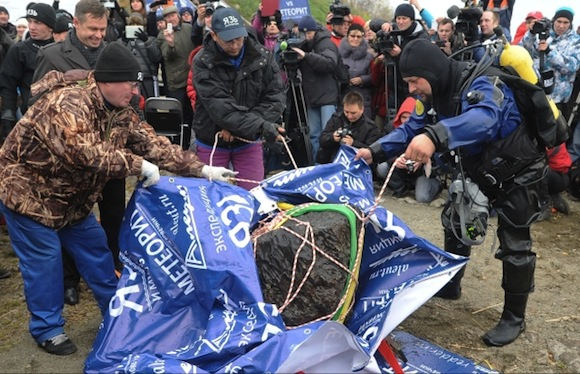
In contrast, asteroids and their fragments that land on Earth are inert, cold, and much older, making them faithful record-keepers of impact events.
This new research was conducted in collaboration with researchers from the Chinese Academy of Sciences and the Open University in the United Kingdom. It involved documenting how phosphate minerals within the Chelyabinsk meteorite were shattered to various degrees, allowing the reconstruction of its impact history. Their goal was to verify the uranium-lead dating of the meteorite, which observes the time it takes for one isotope to decay into another.
Dr. Hu Sen from the Institute of Geology and Geophysics at the Chinese Academy of Sciences explained, “Phosphate minerals in most primitive meteorites are excellent targets for dating the impact events the meteorite experienced on its parent body.”
Previous dating of this meteorite had revealed two impact ages, one occurring around 4.5 billion years ago and another within the past 50 million years. However, these ages were not very clear, and continuous impacts had obscured the once distinct picture, leading to uncertainty in the scientific community regarding the ages and even the number of recorded impacts.
The new research organized the meteorite’s recorded impacts in chronological order, linking the new uranium-lead ages with microscopic evidence of heating caused by impacts observed within its crystal structure. These microscale clues accumulated within the minerals with each successive impact, enabling the separation and chronological arrangement of the impacts, thus providing precise dates.
Their findings suggested that minerals with the oldest impact imprints were either shattered into many smaller crystals at high temperatures or underwent strong deformation under high pressure.
The research team also described some mineral particles within the meteorite that were shattered by a smaller impact under lower pressure and temperature conditions, recording much younger ages, less than 50 million years. They believe this impact may have stripped the Chelyabinsk meteorite from its parent asteroid and sent it hurtling towards Earth.
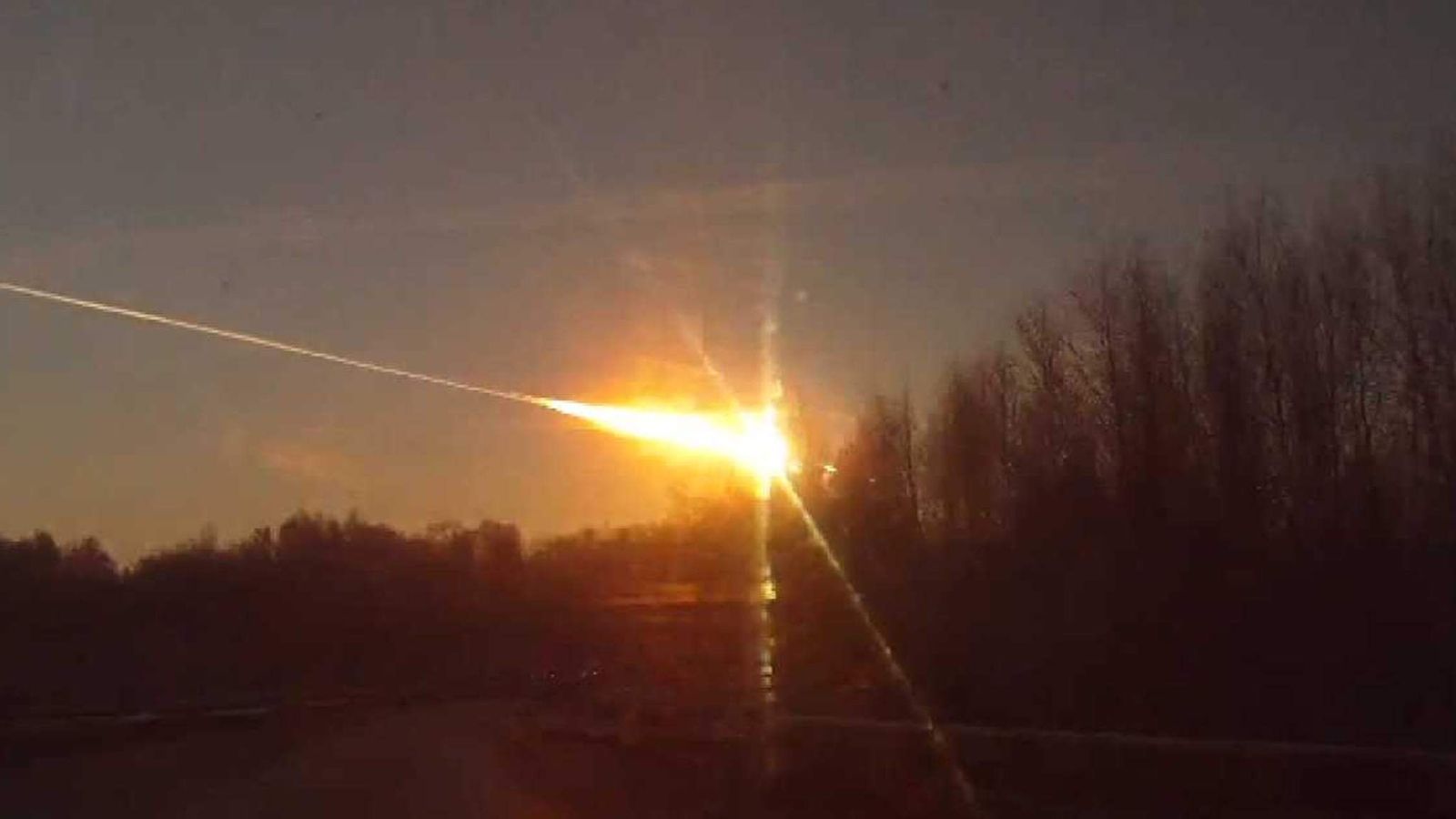
In summary, this supports a two-stage impact history. Walton stated, “For us, the question is whether these dates are reliable and if we can link these impacts to the evidence of overheating produced by the impacts. What we’ve shown is that the mineralogical context of the dating really matters.”
Scientists are particularly interested in the 4.5 billion-year-old impact date because it is roughly when they believe the Earth-Moon system was formed, possibly the result of a collision between two planetary bodies.
The Chelyabinsk meteorite belongs to a group known as stony meteorites, all of which contain highly fragmented and remelted materials, roughly consistent with this massive impact.
The newly acquired dates support previous suggestions that many asteroids experienced high-energy impacts between 4.48 billion and 4.44 billion years ago. “All these asteroids record intense melting at this time, which might indicate a reorganization of the solar system, either as a result of the Earth-Moon formation or the orbital movements of giant planets.”
Walton now plans to refine dating during the window period of lunar formation impacts, which could provide insights into how our own planet was formed.
Chelyabinsk Meteorite’s Role in Moon Formation: Insights from Cambridge University Scientists
According to researchers from the University of Cambridge in the UK, the Chelyabinsk meteorite that exploded over Russia in 2013 may have been a part of the massive collision responsible for the Moon’s formation approximately 4.5 billion years ago.
It is theorized that about 4.5 billion years ago, a Mars-sized celestial body collided with a young Earth during the early stages of the solar system’s formation, ejecting a significant amount of material into space, which later coalesced to form the Moon.
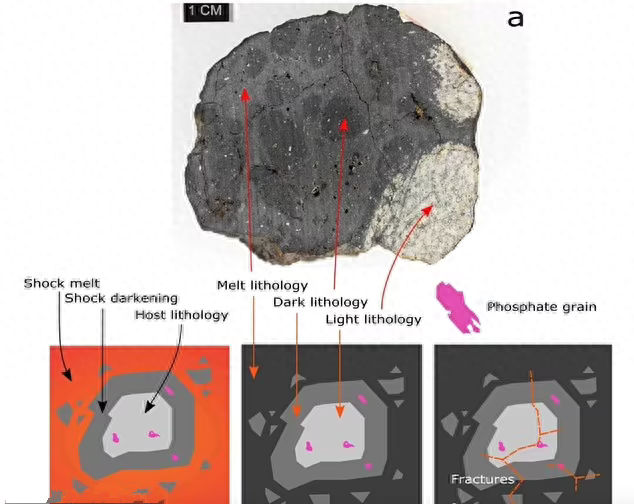
The remnants of the Chelyabinsk meteorite, a 60-foot (19-meter) diameter object, exploded in the Earth’s atmosphere in 2013, releasing an estimated energy equivalent to 500,000 tons of TNT and generating two shockwaves that caused widespread damage, injuring over 1,600 people.
Earth scientists at the University of Cambridge conducted an analysis of the minerals within the meteorite and believe that this meteorite might have been involved in the colossal impact responsible for the Moon’s creation.
The new research methodology involves measuring lead isotopes within zircon crystals. Since the lead in zircon crystals is a product of the radioactive decay of uranium, analyzing the lead isotope content can provide insights into the age of the zircon crystal and help “reconstruct” the timeframe of the major impact event.
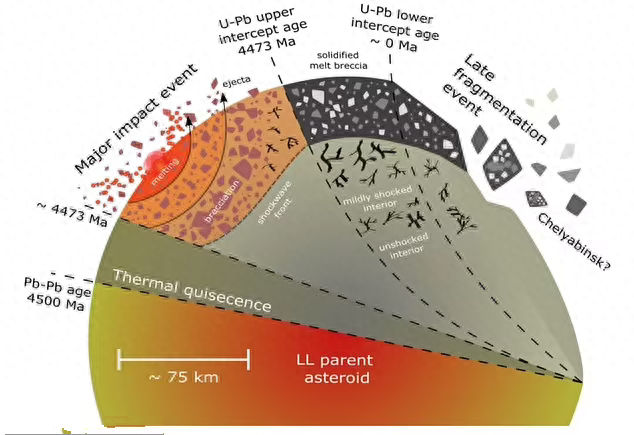
Through this analysis, scientists had previously found that the Chelyabinsk meteorite experienced two distinct impact events: one around 4.5 billion years ago and another approximately 50 million years ago.
Furthermore, researchers delved into the microscopic details of how phosphate minerals were fractured during these impacts. They observed that early impacts shattered these minerals into smaller fragments and subjected them to high temperatures.
The research team found that later impacts appeared to have lower pressure and temperature conditions, likely occurring less than 50 million years ago. It was this particular impact event that separated the meteorite from its larger parent body and set it on a collision course with Earth.
Dr. Craig Walton, a geoscientist at the University of Cambridge, commented that this significant finding suggests that many small celestial bodies around this time experienced intense melting, possibly indicating a reorganization of the solar system, either due to the formation of the Earth-Moon system or the orbital dynamics of giant planets.
Reportedly, researchers now intend to further investigate the Moon’s formation timeline to provide additional evidence for their theory.
END:
In the study of the Chelyabinsk meteorite, we have merely scratched the surface of this ancient impact event. Future research will continue to delve deeper into the meteorite’s ancient history and its precise role in the formation of the solar system. Here are some prospects for future research:
- More Accurate Dating: Despite making significant discoveries, there remains some degree of uncertainty regarding the age of the Chelyabinsk meteorite. Future research will strive to provide more precise dating to gain a clearer understanding of the meteorite’s history.
- Further Microscopic Analysis: Microscopic analysis of phosphate minerals has already provided valuable information, but future research can expand on this work to gain deeper insights into different periods of impact events.
- More Insights into Solar System Formation: Through the study of the Chelyabinsk meteorite, we can better understand the early evolution of the solar system. Future research may lead us to explore more details about the formation of the solar system and planetary evolution.
- Comparison with Other Meteorites: Comparing the research findings of the Chelyabinsk meteorite with other meteorites may provide a more comprehensive perspective to unravel the mysteries of the early history of the solar system.
In summary, the research on the Chelyabinsk meteorite will continue to provide crucial clues for unraveling the mysteries of the evolution of the solar system in the future. The success of this research inspires scientists to delve deeper into the early history of the solar system, exploring more fascinating discoveries about the formation of Earth and other planets.
More UFOs and mysterious files, please check out our YouTube channel: MysFiles
Chelyabinsk meteor event: Did the UFO crush this huge meteor?
